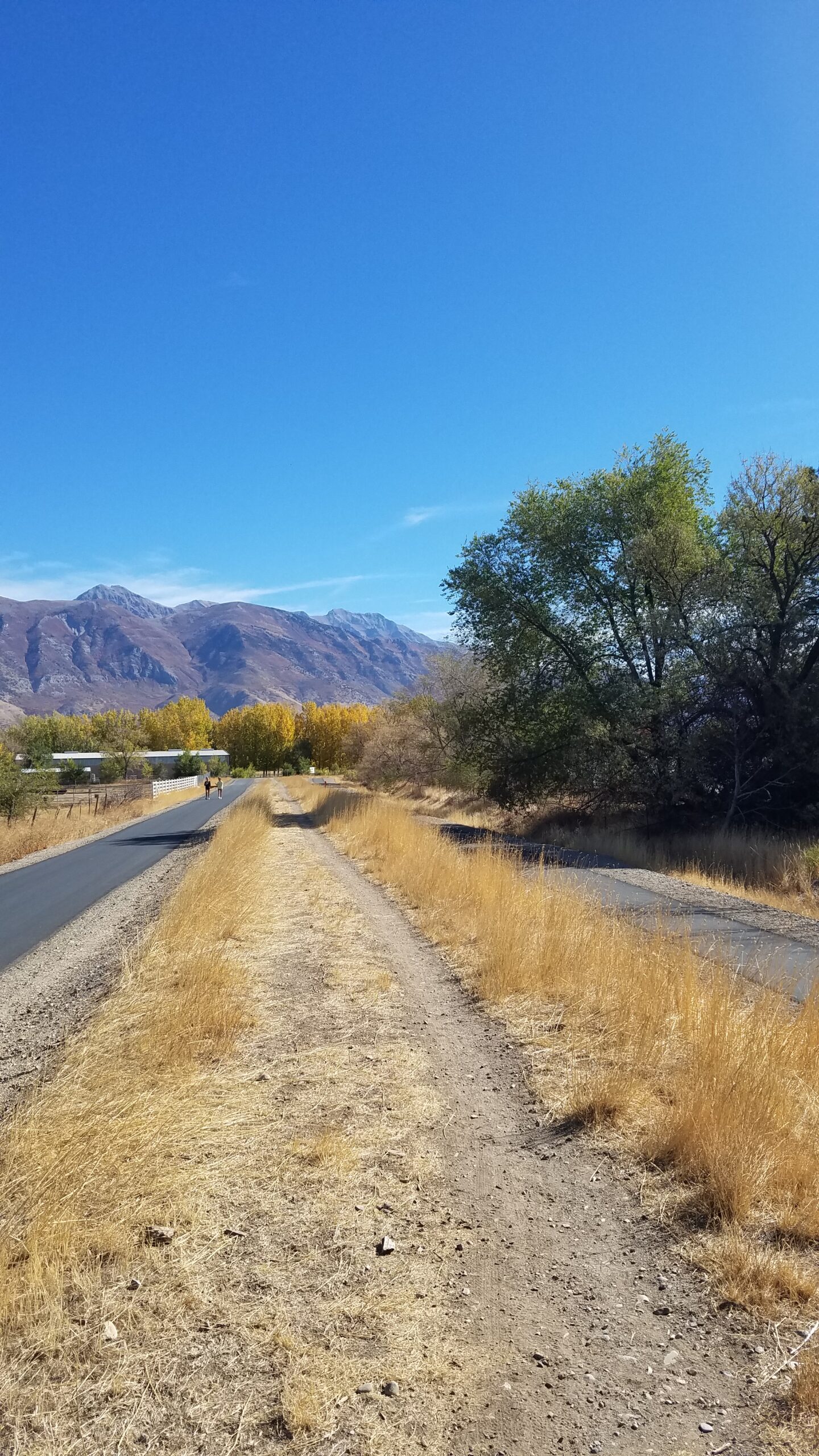Provo River Aqueduct System
Previously known as the Murdock Canal, the Provo River Aqueduct follows the original canal corridor and runs 21 miles along the base of the Wasatch Mountain range in Utah County to Salt Lake County and is entirely gravity-fed. The project includes:
- Provo River Aqueduct
- Murdock Diversion
Provo River Aqueduct
What is it?
The Provo River Aqueduct (PRA) is the name of the now-enclosed Provo Reservoir Canal (PRC), known by many as the Murdock Canal. It runs from the mouth of Provo Canyon in Orem, Utah to the Point of the Mountain near the Utah County/Salt Lake County boundary in Lehi, Utah.
Why was it built?
The Provo River Aqueduct was built to deliver water to water users in Utah and Salt Lake Counties from the Provo River. This includes natural flows from the Provo River as well as storage water developed by the Provo River Project stored in Deer Creek Reservoir and Central Utah Project water stored in Jordanelle Reservoir to irrigation and municipal water users in Utah and Salt Lake Counties.
When was it built?
The Provo Reservoir Canal (PRC) was originally built in the early 1900s by the Provo Reservoir Company and had a capacity of 180 cubic feet per second (cfs). In the 1940s, the canal and right-of-way were purchased as part of the Bureau of Reclamation’s Provo River Project and the PRC was enlarged to a capacity of 550-cfs. Beginning in 2010, the PRC was enclosed into a 126” diameter welded-steel pipe and renamed the Provo River Aqueduct. The PRA now has a capacity of 612-cfs.
How big is it?
The Provo River Aqueduct runs approximately 21.5 miles northwest along the foothills of the Wasatch Front, from the Murdock Diversion in Provo Canyon to the Point of the Mountain near the Utah County/Salt Lake County boundary. The PRA is a spiral-welded steel pipe. Most of the pipe is 126” in diameter but, depending on the function, there are sections that are 133”, 120”, 96” and 84” in diameter.
What is the Association’s responsibility?
The Association’s responsibility is to operate and maintain the PRA and the PRA corridor. This includes the annual filling and startup of the aqueduct; it takes approximately 185 acre-feet of water to fill the pipeline each year. At startup, all of the operating equipment is inspected and tested for operation. This includes SCADA equipment, valves, controllers, rakes, screens, drains and pumps. All of this equipment is monitored throughout the duration of the irrigation season. Individual water users work with the Association Watermaster to schedule when and how much water they plan to utilize throughout the season. The typical irrigation season begins around April 15th and ends approximately October 15th but exact dates are determined by the Provo River Commissioner. At the end of the irrigation season, water is delivered to water users as the pipeline is drained and decommissioned for winter. During the winter, portions of the PRA interior are inspected and preventative maintenance and repairs are made.”
Murdock Diversion
What is it?
The Murdock Diversion is a concrete dam structure at the mouth of Provo Canyon, about nine miles below Deer Creek Dam. It has a radial gate that controls flow in the Provo River and allows water to back up and be diverted into the Provo River Aqueduct.
Why was it built?
The Murdock Diversion was built in order to slow and divert water from the Provo River into the Provo River Aqueduct for use by Association shareholders.
When was it built?
Construction of the diversion dam was completed in 1950.
How big is it?
The diversion dam consists of a 22-foot concrete ogee weir with a crest length of 100 feet. The sluiceway is a concrete-gated structure with a 16- by 14-foot radial gate located at the left side of the dam. The diversion headworks consists of a concrete structure with a 16- by 13-foot radial gate and a diversion capacity of 550 cfs.
What is the Association’s responsibility?
The Association’s responsibility is to ensure that the gates are working properly and to keep the diversion free of debris. The Association also maintains the measuring structures in order to make sure sufficient water is being delivered downstream to its shareholders.















